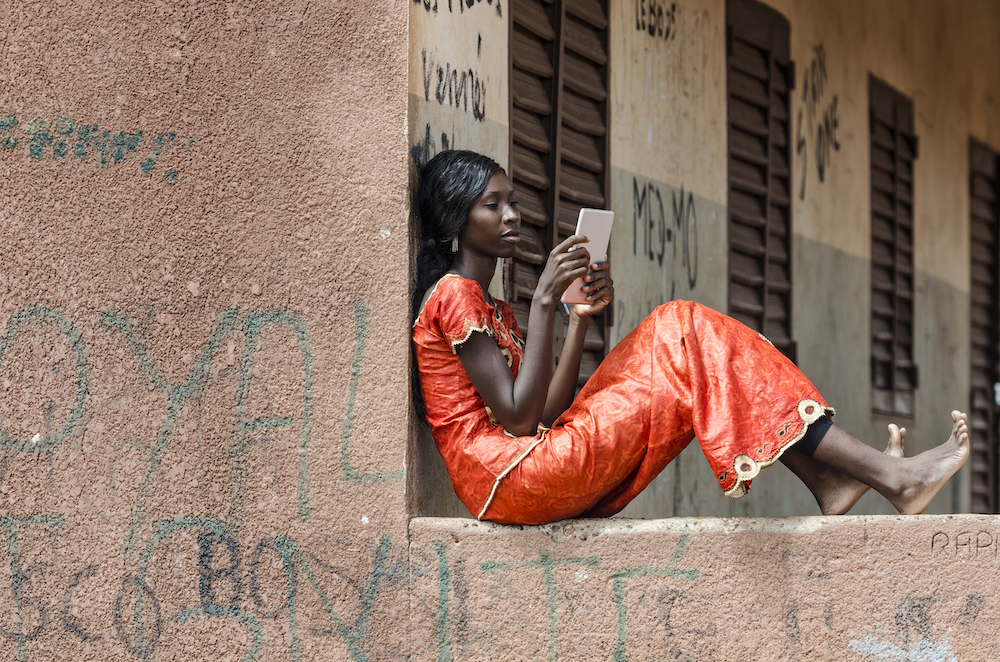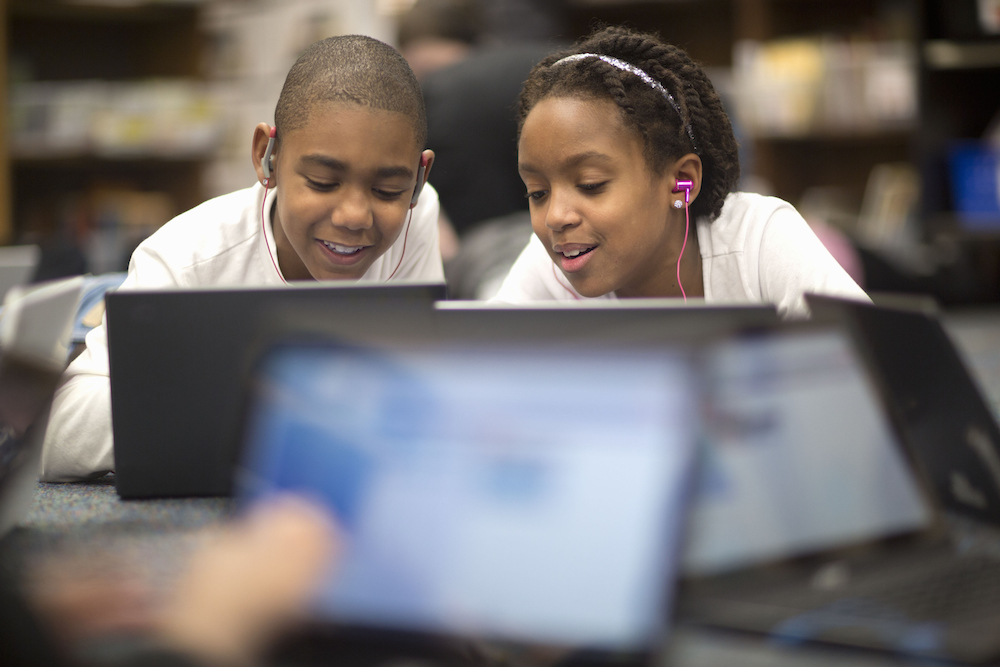Lesson 4: Hashtags
Before you start the lesson, make sure to read through the lesson overview and the lesson preparation. The Facilitator Guide can also help you prepare.
Lesson Overview
Students will learn how hashtags have been effective in promoting social movements. Students will also identify how hashtags on social media can help raise awareness about an advocacy issue and will develop their own hashtag and methods of promotion for a cause that interests them.
Lesson Preparation
ESTIMATED TIME
ESSENTIAL QUESTIONS
- How have others made use of hashtags to promote a cause?
- How can you use hashtags to raise awareness around an issue?
PREPARATION
- Identify a video to demonstrate how media can be used to foster awareness and advocacy relevant to your community.
- Students need internet access to complete this lesson.
- There are several opportunities to localize content to your students’ experience and local context. These opportunities are flagged as “Teacher’s Notes” throughout. We suggest you read through the lesson ahead of time and prepare the examples before the lesson begins.
OPTIONAL: ISTE DIGCITCOMMIT COMPETENCY
- ENGAGED: I use technology and digital channels for civic engagement, to solve problems, and to be a force for good in both physical and virtual communities.
Advocacy Using Hashtags
TELL YOUR STUDENTS
While individuals often use specific social media platforms in advocacy campaigns for particular reasons, these platforms share certain characteristics. One helpful common feature is the hashtag. Hashtags allow us to draw attention to our ideas by connecting our posts to other posts on the same topic. For instance, if we wanted to share videos from our recent football game where our striker performed a hat trick, we could include “#football, “#footballinYourStateorCountry” (e.g., “#footballinGhana” or “#FootballinLagos”) and “#hattrick” in the description of the video to allow other people looking for football videos to see it. This way, we could increase the chances that professional sports scouts might view our videos.
Hashtags are especially useful for advocacy projects. For instance, news about the death of Iniobong Hiny Umoren, a lady who went missing during a job hunt in Uyo, Akwa Ibom State, Nigeria generated outrage as Nigerians lamented the lack of security in Nigeria. Her disappearance generated reactions after she was reported missing by her friend on Twitter. The hashtag #FindHinyHumoren went viral and drew the attention of the authorities who carried out investigations and helped arrest the culprit.
The hashtag is a powerful form of social media on a global scale. When the terrorist organization Boko Haram kidnapped 276 girls from their high school in Chibok, Nigeria, people in Nigeria tried to raise awareness around the issue on social media by posting content online with the hashtag “#BringBackOurGirls.” The issue quickly garnered global support, with powerful celebrities and public figures supporting the cause.
There are many other examples of using hashtags for advocacy around the world. For instance, the youths in Uganda used “#FreeBobiWine” to protest the torture and arrest of a young political force in Uganda. Cameroon’s Anglophone Crisis (and the #EndAnglophoneCrisis hashtag) came back into the global spotlight in October 2020 after unidentified men armed with assault rifles stormed the campus of Mother Francisca International Bilingual Academy in Kumba and opened fire on the school children. This was called out and condemned on social media using the hashtag.
Teacher's NoteShare additional examples of local hashtags that are used to spread important messages on digital platforms. The goal of this example is to educate students on hashtags and how they can be used to advocate for a cause. Examples could include:
- Kenya: University of Nairobi uses #Jiactivate to encourage youth to pursue their dreams and shape their lives in the best way possible.
- Zambia: #DukuChallenge was recently launched in Zambia to show support for breast cancer victims, survivors, and those lost to it. This campaign grew so much that it also encompassed cervical cancer.
TELL YOUR STUDENTS
When you are advocating for a cause, using hashtags is a great way to reach an audience with your ideas. In the following exercise, we will explore the use of hashtags on social media.
Assignment
Part 1
CLASS INTERACTION
Organize students into pairs.
TELL YOUR STUDENTS
In teams of two, find a hashtag that has recently been used to promote a cause. Once you find a hashtag, review the conversations taking place and in your team, come up with a short summary of what is being discussed. You will present this summary orally to the rest of the group. You will have 15 minutes to find a hashtag and come up with a summary.
CLASS INTERACTION
Give students 15 minutes to work. Once they are finished, allow for 15 minutes for each pair to present their summaries to the group.
ASK YOUR STUDENTS
- What kind of content is being shared using the hashtags?
- Are there similar conversations happening under these different hashtags? Why do you think this is/is not happening?
- Do some hashtags seem to be more effective (e.g., more likely to be reposted) than others? Which ones? Why?
Part 2
TELL YOUR STUDENTS
Now, come up with an issue that is important to your pair and:
- Create a hashtag for it.
- Design an image, infographic, meme, chart, or graph to promote your hashtag.
- With your partner, discuss various ways that you can spread your hashtag through a network. What are some successful strategies we learned from examining other hashtags?
You will have 30 minutes to complete this exercise.
CLASS INTERACTION
Give students 30 minutes to engage in this exercise with their partner. Afterward, allow 20 minutes for pairs to discuss, with the larger group their hashtag, accompanying visual, and ideas for spreading the hashtag.
Congrats!
You've finished the lesson
Source:
This content is hosted by Meta and currently includes learning resources drawn from Youth and Media at the Berkman Klein Center for Internet & Society at Harvard University under a Creative Commons Attribution-ShareAlike 4.0 International license. You can make use of them, including copying and preparing derivative works, whether commercial or non-commercial, so long as you attribute Youth and Media as the original source and follow the other terms of the license, sharing any further works under the same terms.



 Previous Lesson
Previous Lesson 




